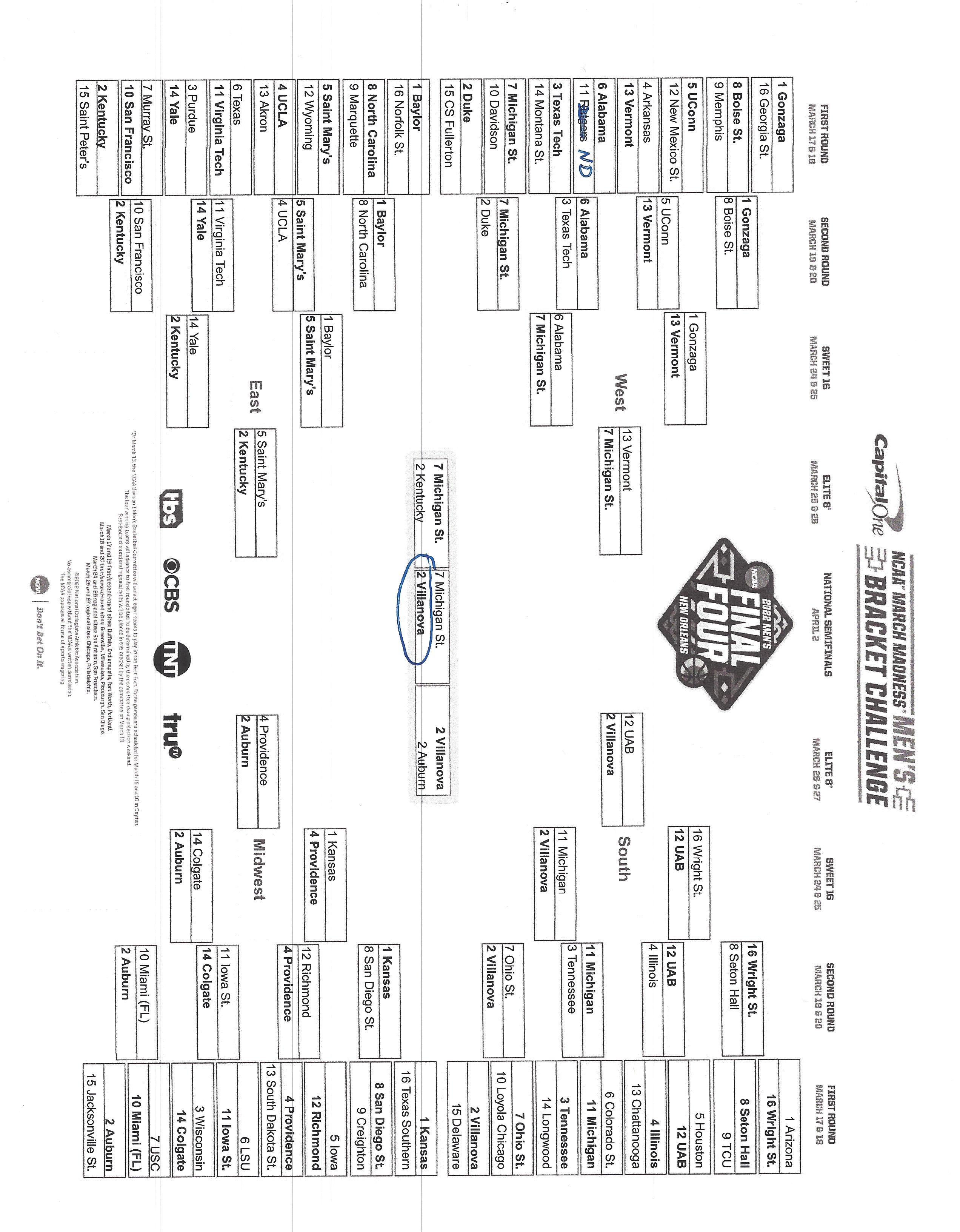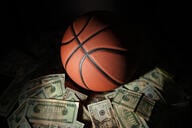You have /5 articles left.
Sign up for a free account or log in.
At a time of great tumult in the world, and in higher education, the familiar can be comforting. So to scratch that itch in one small way, Inside Higher Ed again presents the iconoclastic, wonky feature we produce every year at this time: the Academic Performance Tournament.
ESPN, The Athletic and Sports Illustrated will be busy this week giving you data on player matchups, historical records and the like to help you win your office pool by traditional measures—you know, those that might actually influence what happens on the court.
Our take on the National Collegiate Athletic Association’s Division I men’s basketball tournament, in contrast, determines the winners of each game by comparing the academic performance of teams, as measured by the NCAA’s own—admittedly flawed—metrics for judging academic success.
We first match the teams based on the academic progress rate, the NCAA’s multiyear measure of a team’s academic performance. Among other things, the APR excludes athletes who leave in good academic standing, so high-octane programs where players tend to go pro early can still fare well on the measure.
A quirk about this year’s data: the NCAA in 2020 suspended publication of its members’ academic progress rate statistics in 2021 and 2022, in response to the impact of the COVID-19 pandemic. So this year’s Inside Higher Ed bracket, like last year’s, is based on the 2018–19 data, which remain the most recent available.
When two teams in the bracket tie going head to head on the APR, we turn to the NCAA’s graduation success rate for 2020–21, which measures the proportion of athletes who graduated within six years of entering the institution. The graduation success rate also excludes athletes who leave the institution in good academic standing and credits programs for players who transfer in and go on to graduate from the institution. As a result, the rates on average are significantly higher than the federal graduation rate, the formula the federal government uses to track graduation rates for all students.
We wouldn’t suggest using our bracket predictions to guide your office pool picks, let alone to bet your paycheck on FanDuel or BetMGM. (Though we will say that the results don't look as unlikely as they sometimes do, with three No. 2 seeds and a No. 7 seed making it to our Final Four.) But as an intellectual exercise, the Inside Higher Ed bracket might make you feel good, knowing that you’re basing your choices on teams’ relative emphasis on their players’ academic success.
So without further delay, here’s a look at how March Madness would play out if academics, not athletic skill, held sway.






